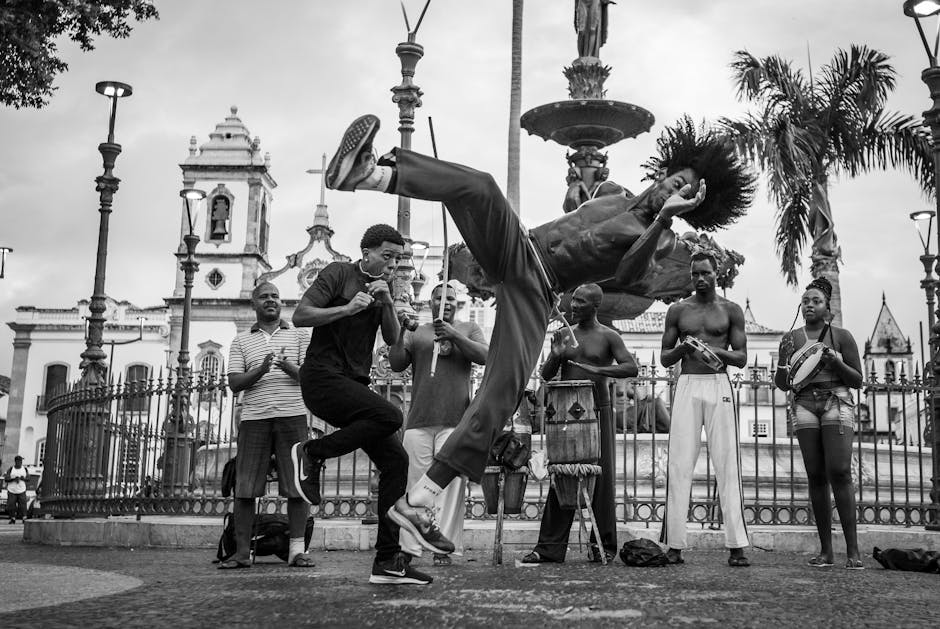The Brazilian flag, a potent symbol of national identity, was officially adopted on November 19, 1889, following the establishment of the Republic. However, its roots can be traced back to the tumultuous period of Brazil’s struggle for independence, which began in 1822. This era marked a significant turning point in the country’s history, characterized by the desire to assert sovereignty and forge a distinct national identity separate from Portuguese colonial rule.
The initial design conceived by Emperor Dom Pedro I in 1822 featured the green and yellow colors, which symbolize the royal heritage of both the House of Braganza and the House of Habsburg. The incorporation of these colors represented the union of different royal lines and the aspirations of a unified nation. At that time, the flag featured a central coat of arms, but it was not until the republic was proclaimed that a more emblematic design was sought to reflect Brazil’s vision as a sovereign state.

The current flag’s design underwent several revisions that involved the addition of a blue globe and white stars representing the constellations visible in the Brazilian sky. This inclusion not only provided a geographical reference but also served to express Brazil’s vastness and diversity. Each star corresponds to a specific Brazilian state, signifying unity within the nation’s multitude of cultures, regions, and peoples.
The flag’s creation can be seen as a direct response to Brazil’s aspirations for autonomy and national pride. By 1889, the transition from an empire to a republic necessitated a new emblem that resonated with the ideals of liberty and fraternity, principles crucial to the new government. As such, the Brazilian flag serves as a living testament to the country’s journey toward self-governance and symbolizes the hopes and dreams of its populace, fostering a sense of belonging and national unity.
Symbolism of the Colors
The Brazilian flag, an emblem of national pride, is distinguished by its vibrant colors: green, yellow, blue, and white. Each of these colors carries significant meaning, deeply rooted in Brazil’s natural resources, cultural identity, and historical context. Understanding the symbolism attached to these colors provides insight into the nation’s collective values and aspirations.
Green, the dominant hue of the flag, symbolizes Brazil’s lush forests and biodiversity, particularly the Amazon rainforest. This color reflects the country’s rich natural resources, emphasizing its environmental significance. Beyond nature, green also represents hope and renewal, underscoring Brazil’s aspirations for a prosperous future. The choice of this color links directly to the House of Braganza, the royal family from which Brazil gained its independence, thus intertwining personal and national identity.
In contrast, yellow symbolizes Brazil’s wealth and mineral resources, particularly gold. This golden hue reflects the richness found within the land, showcasing the abundance that has shaped the nation’s history. Additionally, yellow suggests optimism and warmth, which are embedded in Brazilian culture and its people’s vibrant spirit. Historically, the color also draws connections to the House of Habsburg, signifying the royal lineage influencing Brazil’s early governance.
The blue of the flag represents the sky and rivers of Brazil, embodying the vastness of the nation’s landscape. It symbolizes the unity of the Brazilian people, interconnected through natural beauty and shared aspirations. Within the blue field lies a white band containing stars, which represent the states of Brazil, further emphasizing the ideals of unity and collective identity among the diverse population. The stars, drawn from the night sky over Rio de Janeiro on November 15, 1889, signify the country’s transition to a republic and the bright future that lies ahead.
Lastly, white symbolizes peace and harmony, reflecting Brazil’s desire for a united society free from conflict. Together, these colors collectively narrate the story of Brazil’s identity—a tapestry woven from its natural wealth, rich cultural traditions, and enduring aspirations for peace and unity.
Evolution of the Flag’s Design
The Brazilian flag has undergone significant modifications since its adoption on November 19, 1889. Originally designed to symbolize the era of the Brazilian Republic, its design has experienced notable changes that reflect the nation’s evolving political landscape and societal values. The initial design featured a green field with a large yellow diamond, which contained a blue globe emblazoned with 27 white stars representing Brazil’s states and the Federal District. This original flag was created during a period characterized by the desire for a national identity distinct from the imperial era.
Throughout its history, various regimes and political shifts influenced the flag’s design. For example, during the Getúlio Vargas regime in the 1930s, there were attempts to modify the flag to align with nationalist sentiments. However, these changes were short-lived, and the classic elements of the flag were restored after Vargas’s rule. Notably, the motto “Ordem e Progresso” (“Order and Progress”) became a permanent fixture following its initial introduction in the Republic’s early years, signifying the country’s aspirations and governance philosophy.
As Brazil transitioned through military dictatorship in the 1960s and the return to democracy in the 1980s, the flag retained its core elements but witnessed changes in public perception. The flag became a symbol of resistance against authoritarianism, embodying a renewed sense of hope and unity among Brazilians. Today, the Brazilian flag stands not only as a representation of the nation’s geography and political structure but also as a reflection of its cultural diversity and resilience. The evolution of its design illustrates how the flag has adapted to mirror Brazil’s rich historical tapestry, making it a vital emblem of national pride and identity.
Cultural Impact and Significance Today
The Brazilian flag, with its vibrant colors of green, yellow, blue, and white, extends beyond mere representation of the nation. Today, it embodies the values and cultural significance deeply woven into the fabric of Brazilian identity. In contemporary society, the flag plays a vital role in uniting the diverse population of Brazil, encompassing various ethnicities, languages, and traditions. During national events, the flag serves as a symbol of pride and belonging, inspiring unity among citizens in a country where cultural diversity is celebrated.
Sports, particularly football, significantly highlight the flag’s contemporary relevance. The Brazilian national football team, renowned for its passionate play and superb skill, often sports the flag’s colors during international competitions. When Brazil competes on the global stage, the flag becomes a rallying symbol for fans, encapsulating national pride and reinforcing a sense of camaraderie among supporters. This collective experience transcends regional differences, fostering a shared identity as Brazilians cheer for their team with fervor and loyalty.
Moreover, the flag has permeated popular culture, appearing in music, fashion, and art. Artists and designers incorporate its colors into their works, reflecting the nation’s dynamic spirit while preserving its historical significance. Festivals and street parties often feature the flag, serving as a backdrop for celebrations of Brazilian heritage and culture. In a landscape often characterized by socio-economic disparities, the flag symbolizes hope and resilience, acting as a unifying force that encourages solidarity among its citizens.
In modern Brazil, the flag and its colors transcend their original context, evolving into powerful symbols of nationalism and identity, which inspire pride and belonging. As society continues to navigate challenges, the Brazilian flag remains a cherished emblem of unity, culture, and diversity.





